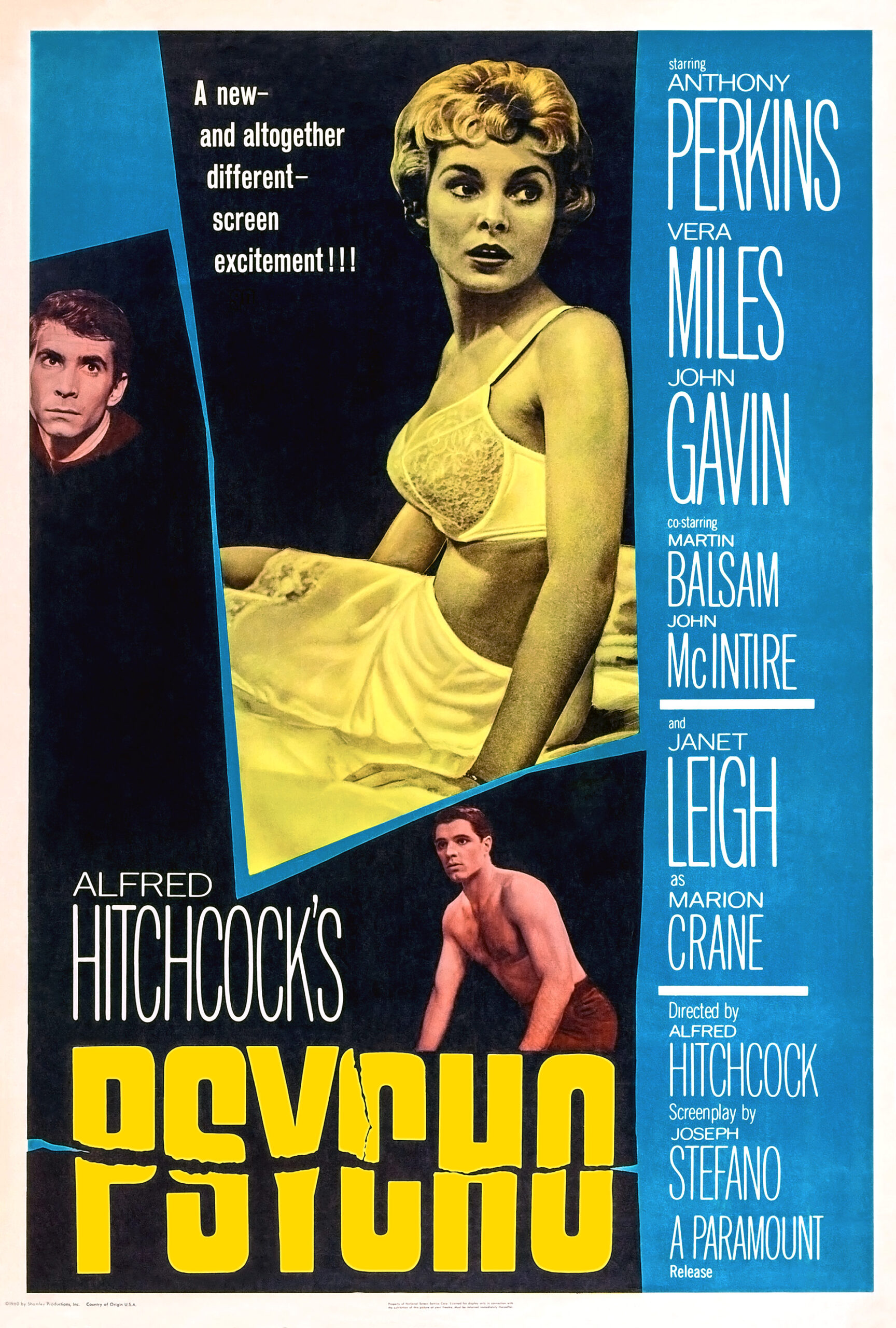This is something I like to pass along to my students about filmmaking and the construction of a scene.
In filmmaking there is something called the Kuleshov effect. This is ole school, Russian film theory from the silent movie era. Both Kuleshov and Hitchcock are constructing films in ways that seem similar to writing. Kuleshov wanted to show that context and juxtaposition were interdependent. The first link is to the original exprimental films that were made. The idea is to show one shot, then cut to another shot of a man just looking at the camera virtually expressionless. It’s the same clip every time they do it. Notice how you read the man’s expression each time.
The Hitchcock interview is fascinating. Much better explanation of the Kuleshov effect using Psycho’s famous shower murder as the example. Spoiler Alert: It’s not going to go well for Janet Leigh. There is also a funny one at the end that he does himself.
Consider this as a halfway point between live public speeches and performances and the strictly textual book or script. Movies, shows, YouTube videos are all edited and revised. The majority of filmmaking itself takes place in editing and post-production. It’s a different modal, but just analyzing the overarching genre of horror, you can see where film imagery is taking the place of textual description from the book, which may still be in the script as stage directions. Film can “show, don’t tell” better than books can. They are putting scenes together the same way writers are putting paragraphs and arguments together.
Technically Peeping Tom (1960) beat Psycho (1960) into the theaters by a few months, and is considered to be technically the first “slasher film.” But by and large most critics point to Psycho as the one that started the whole Halloween, Texas Chainsaw Massacre, Nightmare on Elm Street slasher genre of the 1970s and 80s that are all making a comeback recently. Just a little film studies for you.
